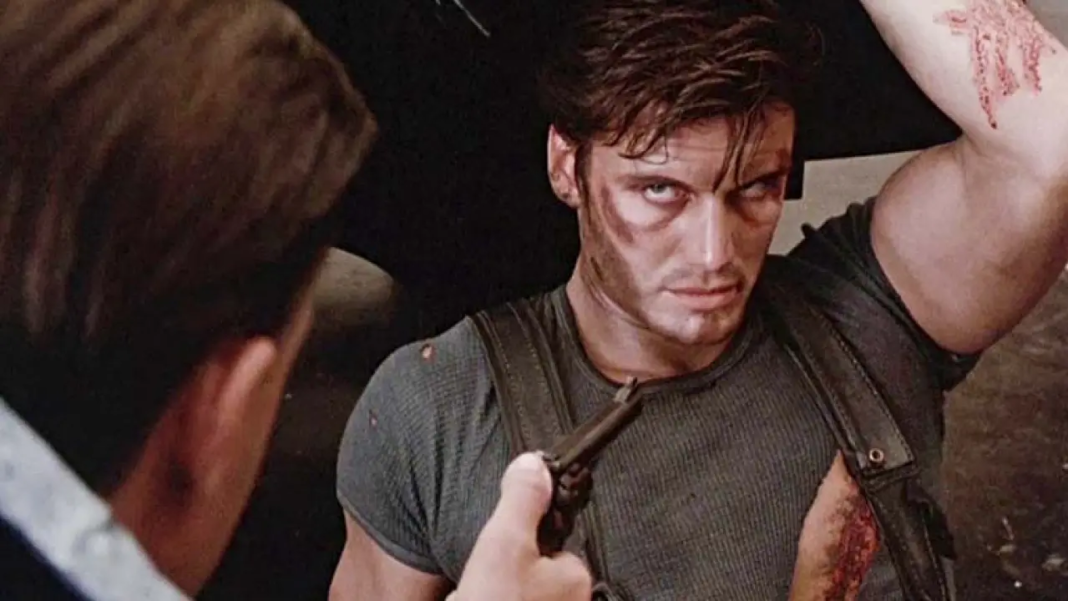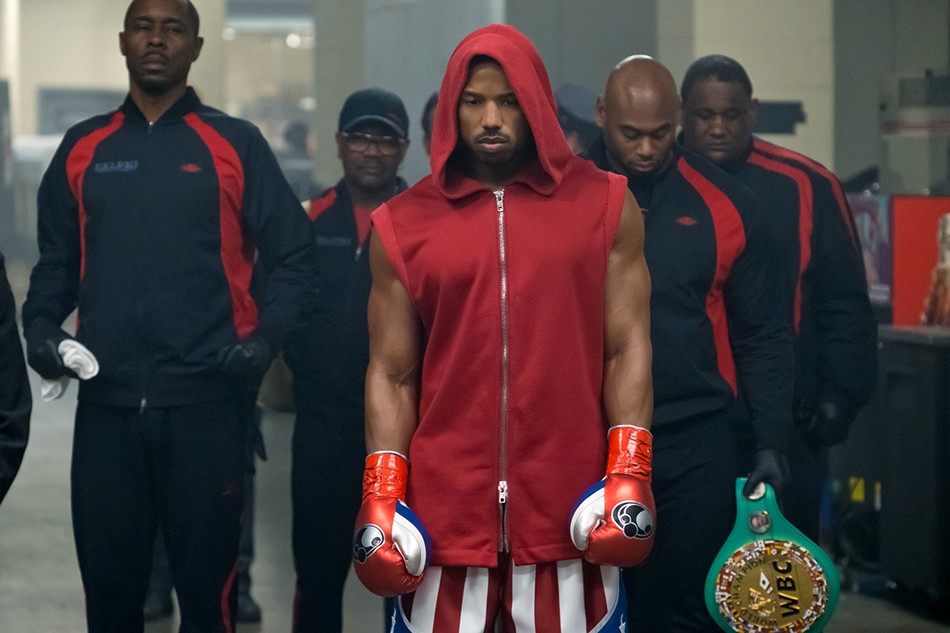A look back at the ultimate action comic book movie that almost slipped through the cracks.

With it releasing between Tim Burton’s blockbuster hit Batman and Alex Proyas’s cult film The Crow it is no mystery as to how 1989’s The Punisher was the comic adaptation that slipped through the cracks of our collective memories. The film was released theatrically worldwide, but an unfortunate change of ownership forced it onto home video. From there, it’s destiny was to unjustly be a forgotten relic of an early comic book movie surge.
Directed by Mark Goldblatt, The Punisher stars Dolph Lundgren as Frank Castle/The Punisher, a former police detective who became a one-man army against the mafia after the murder of his family. Castle’s warpath weakened the Mafia so much that an even bigger and worse threat saw an opportunity to overtake the territory, the Yakuza. When The Punisher, The Mafia, and The Yakuza go to war, it becomes difficult to determine a clear winner.
Liberties with The Punisher Character
The film does take some liberties with the character, for example they make Frank Castle a detective instead of a soldier. The other change that stands out is the absence of the iconic white skull symbol. What was once used in the comics as a way to draw gunfire to his body armor, has been reduced to a signature design on a knife pommel. At face value that can be a sign of trouble, but despite the integral piece of the character’s iconography missing and his background changed we still get an engaging take on the character.
Since I can remember, I would always compare The Punisher to a horror movie slasher. Dolph Lundgren’s Punisher is a hulking six foot five inch zombie, if you were to put a hockey mask he could have easily been mistaken for Jason Voorhees. Lundgren’s physicality lends a lot to his performance. With his towering stature and unbreakable stoicism, his body conveys everything he needs to say. In horror movie fashion, in our our first encounter with Castle we only get glimpses of him as he goes through a mansion slaughtering the entourage of recently acquitted mafia boss Dino Moretti (Bryan Marshall).
Classic Action Spread Throughout

As an editor, Director Mark Goldblatt worked on classic action films such as Commando, Rambo: First Blood Part 2, and The Terminator. He even worked as second unit director on Paul Verhoven’s Robocop. It’s fair to say that he knows his way around an action scene. His set pieces have a nice rhythm within and they keep up with the excessiveness of the time. The gunfights are brutal, shotguns send people flying into the air. Whether it be a blade or harpoon, we get a close up of the vivtim being penetrated. In a Punisher comic book from that era, a still from any of the action scenes would fit perfectly. None of the exploitativeness from the comics is spared.
Goldblatt’s comic book adjacent action only works because of the world he creates around it. The film opens with a Robocop-like news report that features talks of Mafia bosses being released from prison and The Punisher’s responsibility for the murders of 125 criminals. In a way, the news report eases us into the world. As a result, we don’t question the naked Punisher meditating in his candle-lit sewer base, unhoused drunk thespians that quote Shakespeare, or Ninjas sliding down amusement park rides firing machine guns.
But How Ultimate is it?
Punisher stories throughout the years have always given him some form of a relationship with the people hunting him. This film is no different. Detective Jake Berkowitz (Louis Gossett Jr.) has been looking for his ex-partner Frank Castle since his family was murdered, and all he has to show for it is a collection of knives the Punisher leaves behind. Once Berkowitz finally captures Castle and is forced to face him it turns into one of the best scenes in the film. With real pain in his voice, Berkowitz asks Castle why he never came to him for help if he was a live. The two men give the scene a sense of weight that sets it apart from the other dramatic points in the film.
Despite the clear limitations of the budget, The Punisher manages to provide great action by extracting the explosiveness from the comics and putting it on the screen. As Punisher, Dolph Lundgren’s undead aura and his stature do the character justice, and he even does most of the stunt work himself. Mark Goldblatt manages to constantly fill each frame with something entertaining, some wonderful shots manage to break through. But most importantly. The film understands that the animalistic wrath of Frank Castle needs to be contrasted by the human element that Louis Gossett Jr’s Berkowitz provides in the film, it binds everything together. It was tossed aside when it was released, but years later it still packs a punch and feels like a genuine comic book movie. It absolutely doesn’t deserve to be left behind.
Article By: Cameron Levins is a filmmaker, comic book lover and fight scene enthusiast. Ever since his dad showed him Bruce Lee as a kid, he became obsessed with action films. In his free time he’s either day dreaming about an action scene or researching fight choreographers. Follow Cameron on Twitter here.









